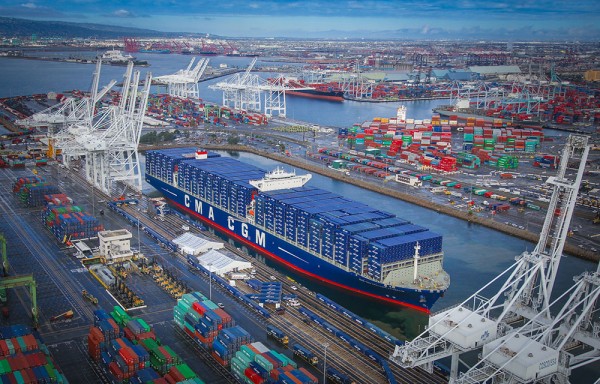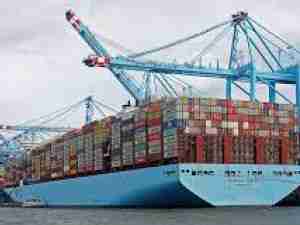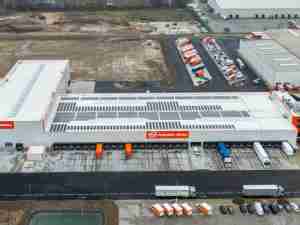A huge container ship blocking one of the world’s busiest waterways has done little to deter shipping companies from ordering similarly mega-sized vessels.
Korea Shipbuilding & Offshore Engineering Co. and Samsung Heavy Industries Co.—two of the world’s three biggest shipbuilders—announced they’d won orders worth a combined 3.45 trillion won ($3 billion) on Friday to build 25 container vessels that are all longer than the Eiffel Tower. The ships will be delivered by 2025.

The Ever Given container ship got stuck across Egypt’s Suez Canal canal early Tuesday and efforts are still underway to get it afloat. The vessel can haul more than 20,100 steel boxes, making it one of the world’s largest container ships. Such mammoth vessels help to move about 90% of the global trade by sea.
Korea Shipbuilding will build five vessels that can each carry 13,200 20-foot containers for Taiwan’s Wan Hai Lines Ltd., the Ulsan, South Korea-based company said in an emailed statement Friday. The ships will be delivered starting from the first half of 2023.
Samsung Heavy will build 20 ships that can each carry 15,000 containers, the single biggest shipbuilding contract at 2.81 trillion won, the shipyard said in a separate statement Friday. Those vessels will handed over to a unnamed customer in Panama by June 2025.
Globally, there are about 180 ships that can each carry more than 15,000 containers, according to Um Kyung-a, an analyst at Shinyoung Securities Co. in Seoul. At least 47 more ultra-large container vessels are expected to be delivered by 2024, according to research firm Drewry.
Orders for mega-big ships have been increasing since this year after the lines saw their profits jump in 2020. Global trade has recovered to pre-pandemic levels as the coronavirus triggered a huge amount of demand for household goods. Ports are congested from Los Angeles to Rotterdam because Covid affected land transport and unloading and loading operations at ports.
There were bottlenecks on the U.S. West Coast that spread across the world and triggered a jump in rates. Spot rates to haul a 40-foot container to Los Angeles from Shanghai almost tripled last year, according to the World Container Index.









_-_28de80_-_d88095865f9f1cbb4ecdd37edf61c63efd603428_lqip.png)
